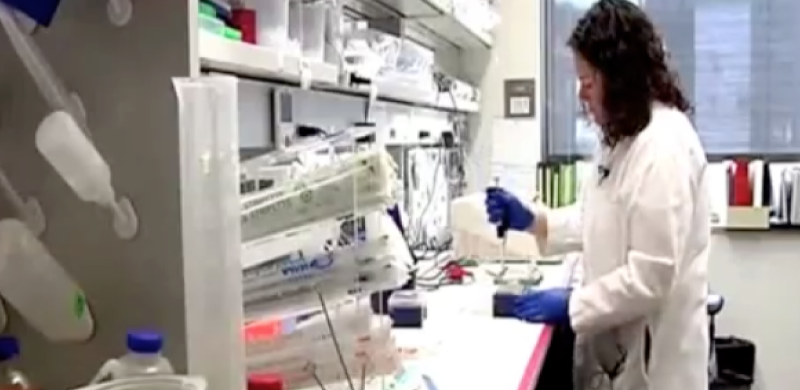When world-renowned clinician scientist Edwin Stone MD, PhD at the University of Iowa asked a group of applicants to the ophthalmology residency program for questions, I curiously asked, “Which of your many research efforts are you most excited about?”
Dr. Stone scratched his head, thought for a few seconds, and responded, “Hmmm, good question. No one has ever asked me that question. Let me tell you about a current project that I am very excited about.”
One of the major challenges to studying the genetics of retinal diseases is the inability to study the function or dysfunction of gene products produced by cells in a living human retina. For scientists to study the gene products in patients with a specific disease, they often will use techniques such as that used in knockout mice to create a model of the disease in an animal. Unfortunately, no animal model currently exists to facilitate study of retinal diseases such as retinitis pigmentosa.
To overcome this challenge, Dr. Stone and his colleagues are using a technique borrowed from Zi-Bing Jin and others, wherein skin cells from a patient with retinitis pigmentosa are reprogrammed to become induced pluripotent stem cells (iPS). Using specific lab techniques, Dr. Stone and his colleagues are able to simulate the development of a retina that is able to survive outside of the human eye, thus circumventing the use of an animal model of retinitis pigmentosa and other retinal diseases. Despite his many scientific achievements, even Dr. Stone said that he was surprised when he observed the formation of human retinal tissue, complete with retinal progenitor, photoreceptor precursor, retinal pigment epithelium, and rod photoreceptor cells. This technique allows for the comparison of patients with diseased retinas to patients with healthy retinas, thus enabling scientists to study specific genes which may contribute to the development of retinal disease. In June 2011, Dr. Stone and others reported the use of this technique to investigate the mechanism whereby a homozygous mutation in the male germ-cell associated kinase (MAK) gene may have contributed to the development of retinitis pigmentosa.
The generation of pluripotent stem cells from patients with retinal diseases is a scientific advancement that will be of tremendous value to patients and ophthalmologists for many years to come. It is through such innovative approaches to studying ophthalmic disease that scientists like Dr. Stone will continue to unlock the mysteries contained within our genes, develop novel treatments involving gene-therapy, all with the goal to delay the onset or even cure genetically inherited eye disease.
Many thanks to Dr. Stone for sharing with us his excitement for stem cell and retina research. One of these days he may just walk into his lab and be surprised to find a complete iPS-derived eye staring right back!










